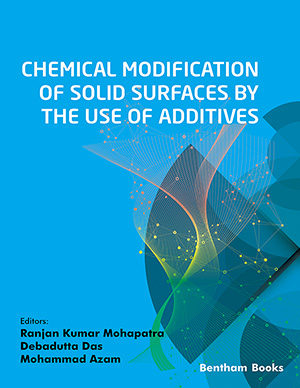Abstract
Microfluidics is an emerging field of in vitro science which is generating many new patents. Microfluidics employs small ‘biochips’ of glass, plastic or other materials, which contain an internal array of wells and channels, often with valves and other embedded devices. Cells, tissues or embryos can be implanted in the wells of a sterilized biochip. Then, by connecting the biochip to a pump, culture medium can be circulated through the wells, thereby providing a constant flow-through of nutrients and removal of metabolites. This flow-through culture environment may be closer in some respects to physiological (in vivo) conditions than conventional static replacement cultures. For these and other reasons, discussed in this review, microfluidics has found important applications in the field of regenerative medicine, in which the culture of complex tissues in physiological conditions is a crucial goal. Recent patents cover various modifications of chip architecture that allow the three-dimensional culture of cells, tissues and organs. Microfluidic devices, several of them patented, have been developed for culturing a wide range of different cell types, including primary endothelial cells, interstitial cells, mammalian adherent cell lines, embryonic stem cells, fibroblasts, tumor cells and neurons. Devices have also been described, and some of them patented, in which artificial capillary networks can be grown from endothelial cells. Other devices allow different tissues to be co-cultured in a way that mimics the functions of an organ. Examples of these ‘organs-on-a-chip’ include lungs, heart, kidneys, gastrointestinal tract and brain culture models. Microfluidic devices for the culture and manipulation of whole embryos of zebrafish, the nematode Caenorhabditis elegans and mouse, have also been described and/or patented. These and other microfluidic culture systems are also finding various biomedical applications, such as safety and efficacy testing of drugs, and several patents have been published for these applications. In this review, we summarize recent scientific advances and patents in the field of microfluidics that have special relevance to regenerative medicine.
Keywords: Cell culture, drug evaluation, embryo culture, microfluidics, organ culture, pre-clinical, regenerative medicine.
 39
39




